#The History and Tradition
Text

juvenile kryptonians are quite viscious!!! be careful around them!
#dc comics#dc#superman#clark kent#superboy#jon kent#jonathan samuel kent#jonathan kent#superfam#superfamily#BABY JON I MISS YOU you will always be famous#i wonder if kryptonian kids throughout the history of krypton have tugged on their parents' capes for attention#jonno is upholding traditions <3
24K notes
·
View notes
Text
The Art and Craft of Handmade Rugs
In a world increasingly dominated by mass-produced goods, the art of handmade rugs stands as a testament to the enduring value of craftsmanship and tradition. These rugs are not just floor coverings; they are stories woven into patterns, colors that hold the secrets of ancient techniques, and textures that speak of the hands that crafted them.
The History and Tradition
The tradition of rug-making is ancient, dating back thousands of years. Civilizations across the globe have honed this craft, from the intricate Persian carpets to the bold designs of the Navajo people. Each rug carries the heritage of its makers, a piece of history preserved in warp and weft.
Materials and Techniques
The choice of materials in handmade rugs is crucial. Wool is the most common fiber, valued for its durability, warmth, and natural oils that repel dirt. Silk is used for finer, more luxurious pieces, while cotton serves as a sturdy foundation. The dyes, once derived from natural sources like indigo, madder, or cochineal, give the rugs their vibrant hues.
The techniques vary from knotting to weaving. The Persian knot, also known as the Senneh knot, allows for intricate patterns and is a hallmark of quality. The Turkish or Ghiordes knot is equally prestigious, creating strong and resilient rugs. Flatweaves like Kilims, Dhurries, and Soumaks are produced without knots, making them lighter and more versatile.
Designs and Symbolism
The designs of handmade rugs are as diverse as the cultures that create them. Geometric patterns, floral motifs, and pictorial scenes tell stories or symbolize beliefs. In many traditions, certain motifs are thought to bring good luck, health, or protection to the home.
The Makers
Behind every handmade rug is a weaver, an artist whose skill is often passed down through generations. These artisans work for months, sometimes years, on a single rug, tying thousands of knots or interlacing countless threads. Their dedication ensures that each rug is unique, a singular expression of their craft.
The Modern Market
Today, handmade rugs are cherished for their beauty and craftsmanship. They are sought after by collectors and designers, serving as focal points in homes and galleries. The market for these rugs supports artisan communities, preserving their craft and providing a sustainable source of income.
Sustainability and Ethical Considerations
The production of handmade rugs can be both environmentally and socially responsible. Natural fibers and dyes are eco-friendly, and the slow process of rug-making has a minimal carbon footprint. Ethically, it's important to support fair trade practices, ensuring that weavers are paid fairly and work in good conditions.
Caring for Handmade Rugs
Owning a handmade rug comes with the responsibility of preservation. Regular vacuuming, immediate stain treatment, and professional cleaning are essential. Rotating the rug and keeping it away from direct sunlight will prevent uneven wear and fading.
Conclusion
Handmade rugs embody the intersection of art, history, and utility. They remind us of the value of human touch in an automated world. As we tread upon these woven treasures, let us appreciate the stories they tell and the hands that made them. For in every thread lies a connection to the past and a hope for the future.
This article is a celebration of handmade rugs, exploring their history, making, and significance. It's a tribute to the artisans who continue to preserve this beautiful art form, ensuring that each rug is not just a piece of decor but a legacy in itself.
0 notes
Text

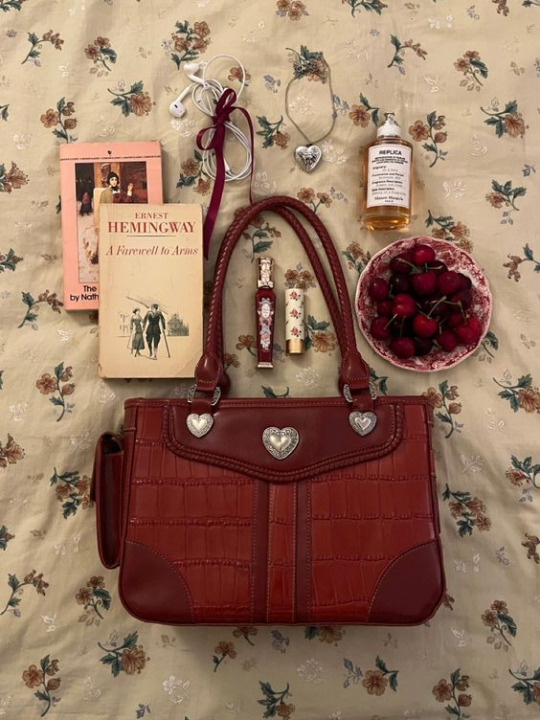
red girl
#cottagecore#Aesthetic#art history#art details#art academia#dark academia#chaotic academia#classic academia#traditional art
4K notes
·
View notes
Text

Young Woman With Sword by Jules-Élie Delaunay (1828-1891)
#art#traditional art#painting#traditional#art history#history#Jules-Élie Delaunay#Jules Elie Delaunay#french art#european art#1800s art#19th century#19th century art#oil painting#1800s#woman#portait
7K notes
·
View notes
Text

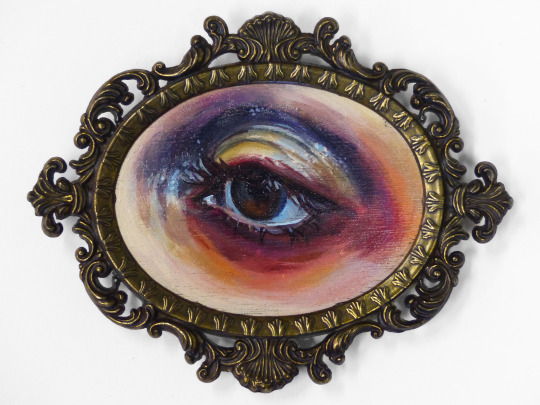
Lovers eye paintings (2023)
acrylic paint on panel
#art#artists on tumblr#women artists#painting#acrylic painting#traditional art#art history#lovers eye painting#lover's eye
8K notes
·
View notes
Text
for a while i lived in an old house; the kind u.s americans don't often get to live in - living in a really old house here is super expensive. i found out right before i moved out that the house was actually so old that it features in a poem by emily dickinson.
i liked that there were footprints in front of the sink, worn into the hardwood. there were handprints on some of the handrails. we'd find secret marks from other tenants, little hints someone else had lived and died there. and yeah, there was a lot wrong with the house. there are a lot of DIY skills you learn when you are a grad student that cannot afford to pay someone else to do-it-for-ya. i shared the house with 8 others. the house always had this noise to it. sometimes that noise was really fucking awful.
in the mornings though, the sun would slant in thick amber skiens through the windows, and i'd be the first one up. i'd shuffle around, get showered in this tub that was trying to exit through the floor, get my clothes on. i would usually creep around in the kitchen until it was time to start waking everyone else up - some of them required multiple rounds of polite hey man we gotta go knocks. and it felt... outside of time. a loud kind of quiet.
the ghosts of the house always felt like they were humming in a melody just out of reach. i know people say that the witching hour happens in the dark, but i always felt like it occurred somewhere around 6:45 in the morning. like - for literal centuries, somebody stood here and did the dishes. for literal centuries, somebody else has been looking out the window to this tree in our garden. for literal centuries, people have been stubbing their toes and cracking their backs and complaining about the weather. something about that was so... strangely lovely.
i have to be honest. i'm not a history aficionado. i know, i know; it's tragic of me. i usually respond to "this thing is super old" by being like, wow! cool! and moving on. but this house was the first time i felt like the past was standing there. like it was breathing. like someone else was drying their hands with me. playing chess on the sofa. adding honey to their tea.
i grew up in an old town. like, literally, a few miles off of walden pond (as in of the walden). (also, relatedly, don't swim in walden, it's so unbelievably dirty). but my family didn't have "old house" kind of money. we had a barely-standing house from the 70's. history existed kind of... parallel to me. you had to go somewhere to be in history. your school would pack you up on a bus and take you to some "ye olden times" place and you'd see how they used to make glass or whatever, and then you'd go home to your LEDs. most museums were small and closed before 5. you knew history was, like, somewhere, but the only thing that was open was the mcdonalds and the mall.
i remember one of my seventh grade history teachers telling us - some day you'll see how long we've been human for and that thing has been puzzling me. i know the scientific number, technically.
the house had these little scars of use. my floors didn't actually touch the walls; i had to fill them with a stopgap to stop the wind. other people had shoved rags and pieces of newspaper. i know i've lost rings and earring backs down some of the floorboards. i think the raccoons that lived in our basement probably have collected a small fortune over the years. i complain out loud to myself about how awful the stairs are (uneven, steep, evil, turning, hard to get down while holding anything) and know - someone else has said this exact same thing.
when i was packing up to leave and doing a final deep cleaning, i found a note carved in the furthest corner in the narrow cave of my closet. a child's scrawled name, a faded paint handprint, the scrangly numbers: 1857.
we've been human for a long time. way back before we can remember.
#idk if it's still tradition but the kids at the local school next to walden when I went there#used to have a tradition where u had to pee in walden pond before u graduated or otherwise you'd fail one of your classes#as someone who did not do this im happy to report i did fail a class so maybe they had a point#they've torn the school down tho so who knows#i hope this makes sense#i think we've been human longer than we've been writing#ps this land was taken over by hostile combatants and colonialized . let us not forget that part of the reason#our 'history' is so short. is that we have systematically slaughtered the people who had history here before
8K notes
·
View notes
Text
It has come to my attention that I haven't drawn sun and moon as chibis yet
I have rectified the situation:
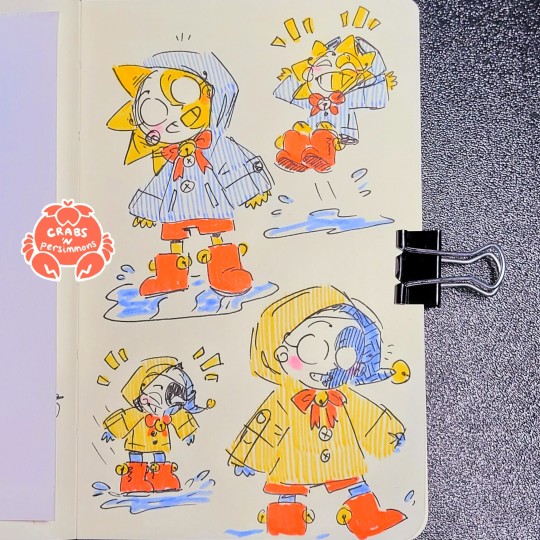
all is right with the world
#fnaf sun#fnaf moon#dca fandom#fnaf dca#drew these during a break from my course modules#they gave me life as I reread the same page about the rivetting history of Canadian land description over and over again#I don't think I retained anything#but their bright colours and childish glee over puddles of water have healed me#crab art#traditional art#I'mma go sleep now#tomorrow's module is an estimated 8 hrs ha HA#five nights at freddys daycare attendant... save me...#five nights at freddys daycare attendant#save me five nights at freddys daycare attendant
3K notes
·
View notes
Text
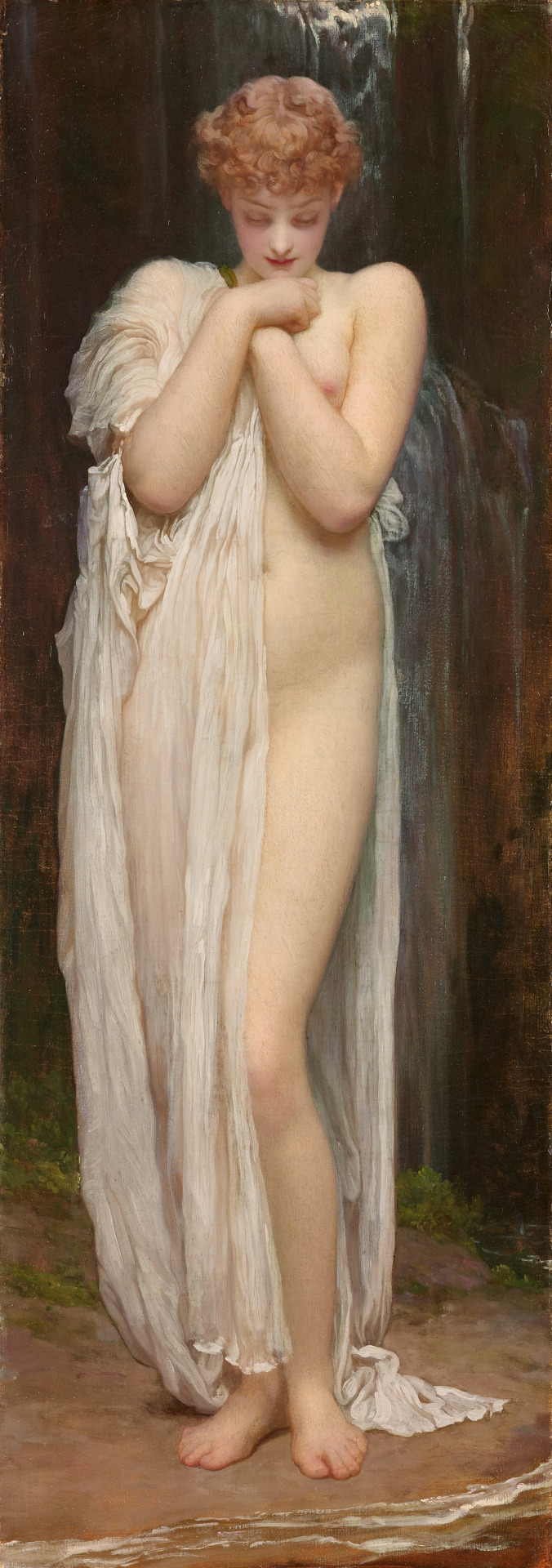
Ferederic Leighton - Crenaia, the nymph of the Dargle; 1880
#classic art#traditional art#art history#traditional painting#oil painting#19th century art#art detail#art#art details#classical art#arte#1800s art#20th century art#academic art#art nouveau#contemporary art#fine art#modern art#mithology#lord frederic leighton#frederic leighton
3K notes
·
View notes
Photo
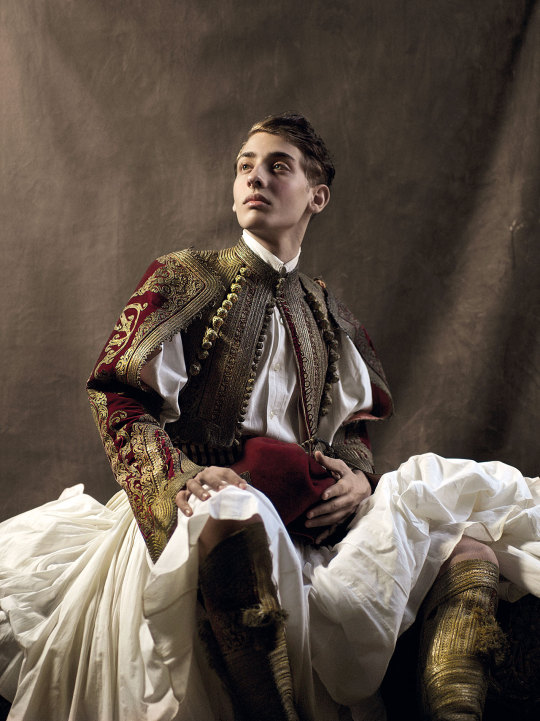





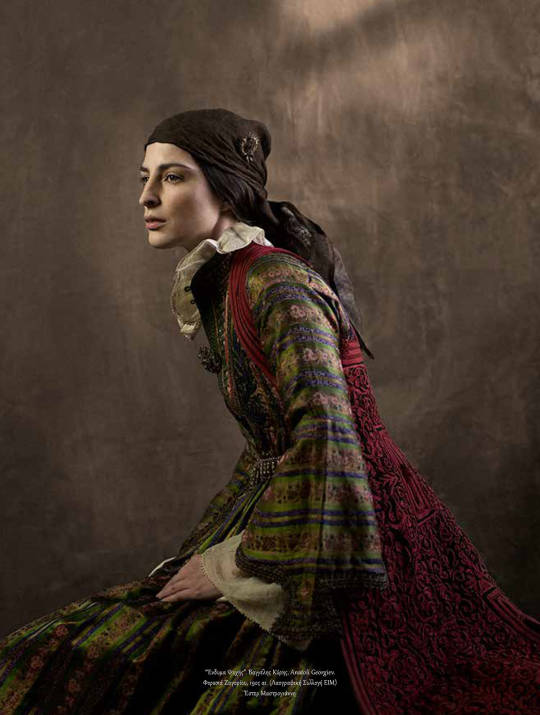
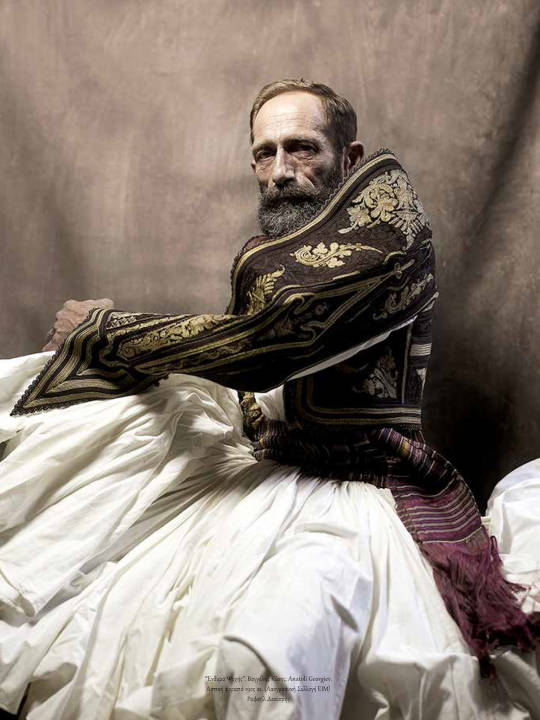
Newly exhibited photos from the project Ένδυμα Ψυχής - Raiment of the Soul, collaboration of photographer Vangelis Kyris and Bulgarian embroidery artist Anatoli Georgiev who present Greek traditional costumes, which are exhibits of the National Historical Museum of Greece. The exhibition is currently hosted in the Acropolis Museum, until March.
Attire of King Otto of Greece, 19th century.
Dress from Nisyros island, 19th century.
Dress from Zakynthos (Zante) island, 18th century.
Attire of Dimitris Mavromichalis, aide-de-camp of King Otto.
Attire of Stavros Tournikiotis, 19th century.
Urban dress of Old Athens, 18th century.
Dress from Zagori, 19th century.
Urban attire, 19th century.
See more photos of the project x, x, x and x.
#greece#europe#historical fashion#traditional clothing#folk clothing#vinatge#fashion#photography#culture#history#national historical museum#king otto#nisyros#zakynthos#zante#athens#zagori#dodecanese#greek culture#heptanese#ionian islands#attica#sterea hellas#central greece#ioannina#epirus#greek islands#mainland#large
9K notes
·
View notes
Text

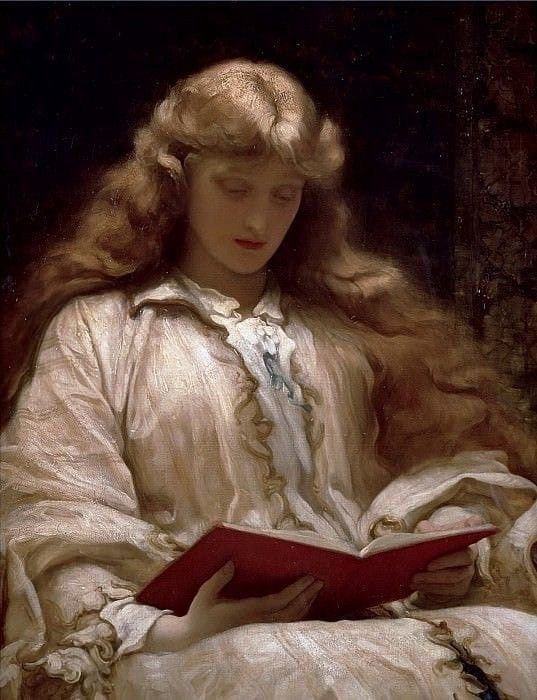
Book club paintings vol. 4 ♡ Good companion (1872) by Frederick Morgan / The Maid with the Golden Hair (1895) by Frederic Leighton
#cottagecore#bookblr#reading#bookish#dark academia#dark academia aesthetic#chaotic academia#studyblr#books and reading#darkest academia#learnelle book club paintings#art detail#art details#art history#traditional art
1K notes
·
View notes
Text
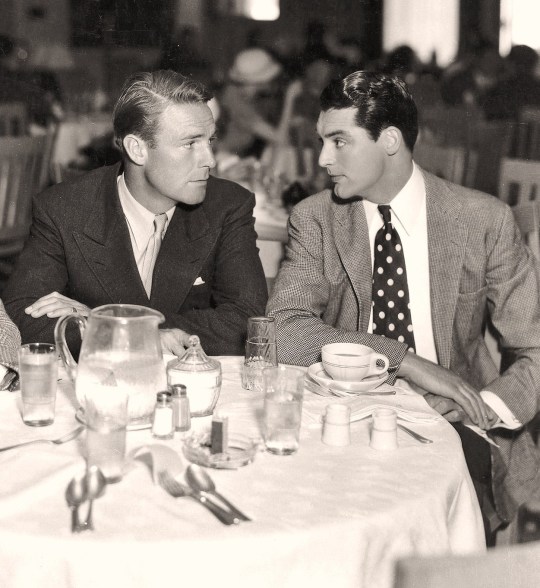
"Roommates" Randolph Scott and Cary Grant
#roommates#cary grant#randolph scott#vintage fashion#male fashion#men in suits#suit and tie#gay history#lgbtq history#lgbt history#male style#movie history#old hollywood#vintage hollywood#hollywood#beautiful men#men's fashion#men fashion#male hair#traditional hairstyles#classic hairstyle
2K notes
·
View notes
Text
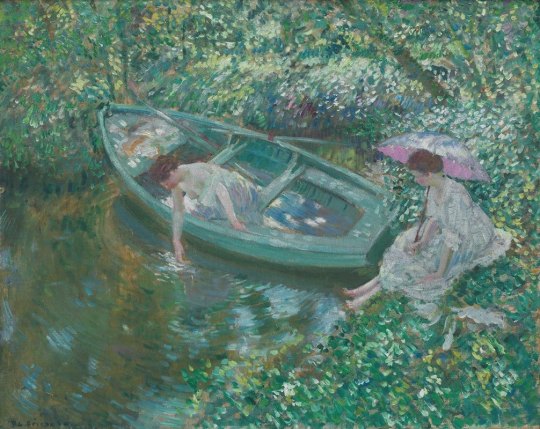
Frederick Carl Frieseke, c. 1911, "Repose at Noonday"
#painting#art#art history#gallery#dark academia#light academia#romantic academia#naturecore#nature#romanticism#art academia#traditional art#cottagecore#summer#summercore#countryside#countrycore#greenery#gardencore#grandmacore#forestcore
2K notes
·
View notes
Text
99.96 percent of the year when I go to a museum: oh my gosh! Egyptian artefacts . What a complex society. Love their things with cats!
Me in the two week lead up to Pesach, staring daggers at random pharaoh 8,789’s bust, gripping the visitor’s guide in my hand: oh you fuckers.
#fromgoy2joy thoughts#jumblr#jewish#jewish convert#jewblr#jewish tumblr#jewish conversion#jewish humor#pesach#Passover#Passover things#Passover posting#Pesach things#jewish tradition#jewishness#jewish history
536 notes
·
View notes
Text
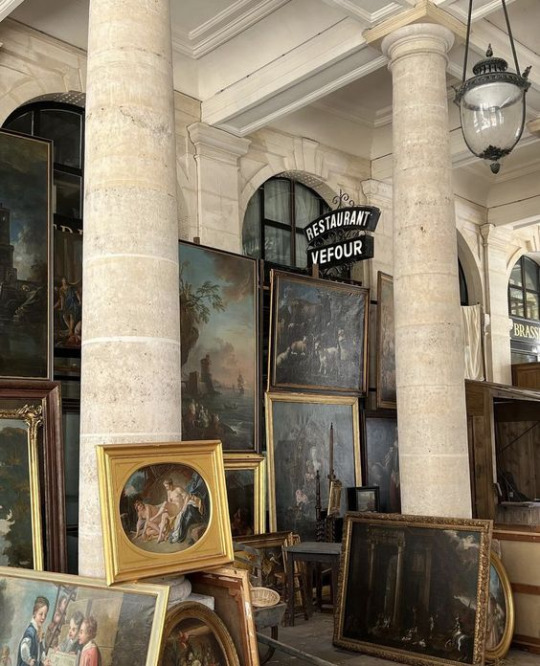
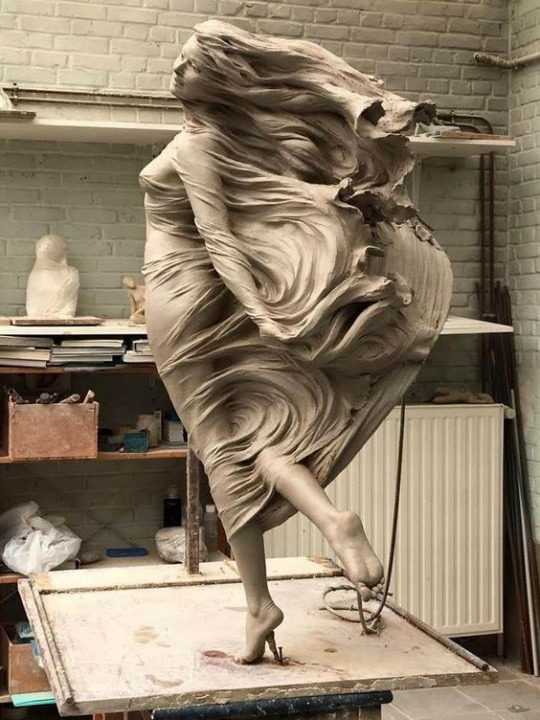
For anyone who’s wondering. This is a sculpture from Luo Li Rong, a contemporary artist that makes hyper realistic sculptures (usually out of bronze) . This one is made of clay (not marble) because it was the prototype of the actual sculpture.
#cottagecore#Aesthetic#art history#art details#art academia#dark academia#chaotic academia#classic academia#traditional art
2K notes
·
View notes
Text

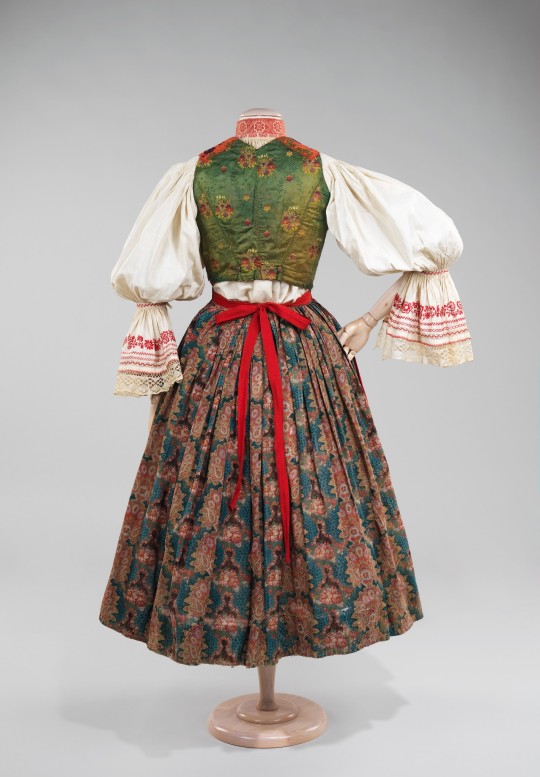
• Ensemble.
Date: 1840–1880
Culture: Slovak
Medium: wool, cotton, silk
#fashion history#history of fashion#dress#fashion#19th century fashion#19th century#19th century dress#ethnic#ethnic fashion#traditional dress#traditional#traditional clothing#ensemble#Slovak#1840#1880
3K notes
·
View notes
Text

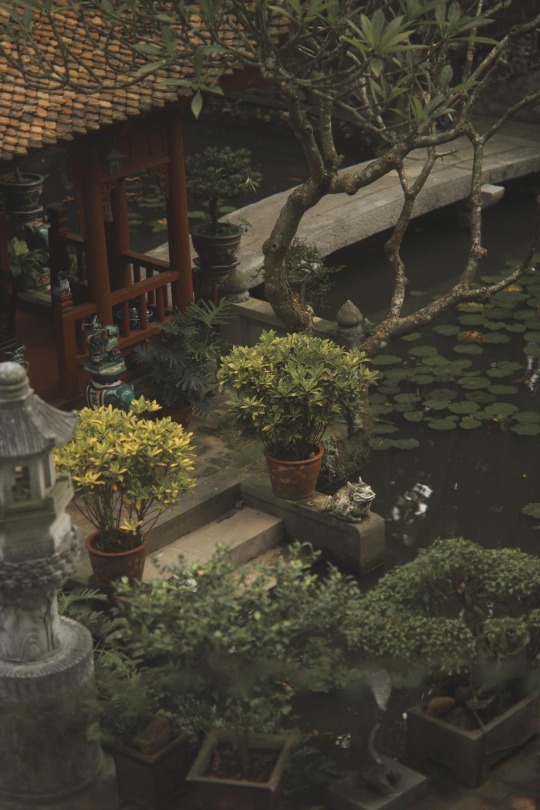
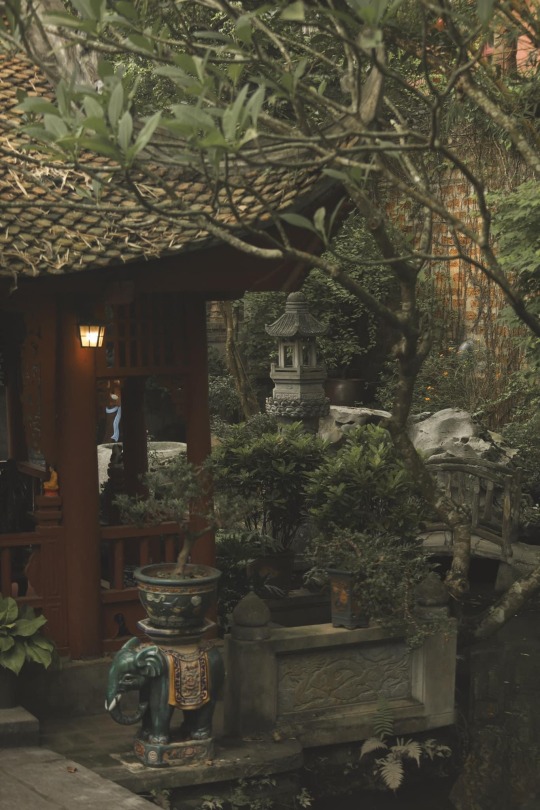
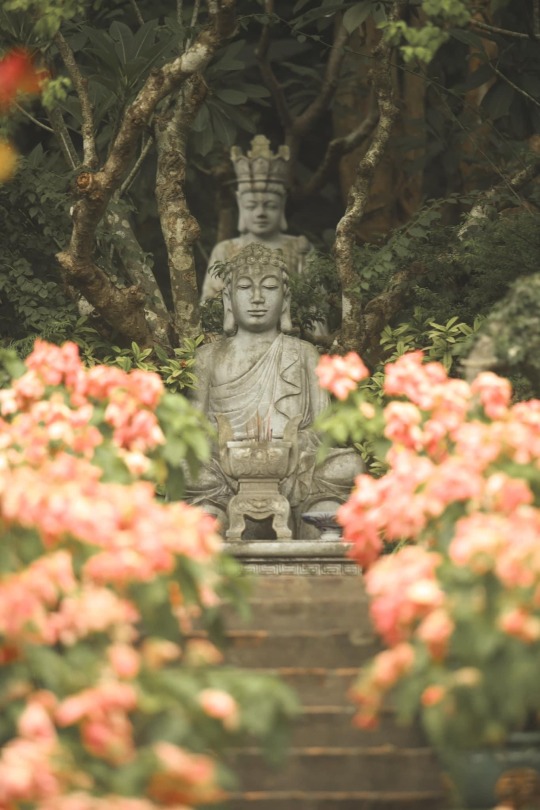
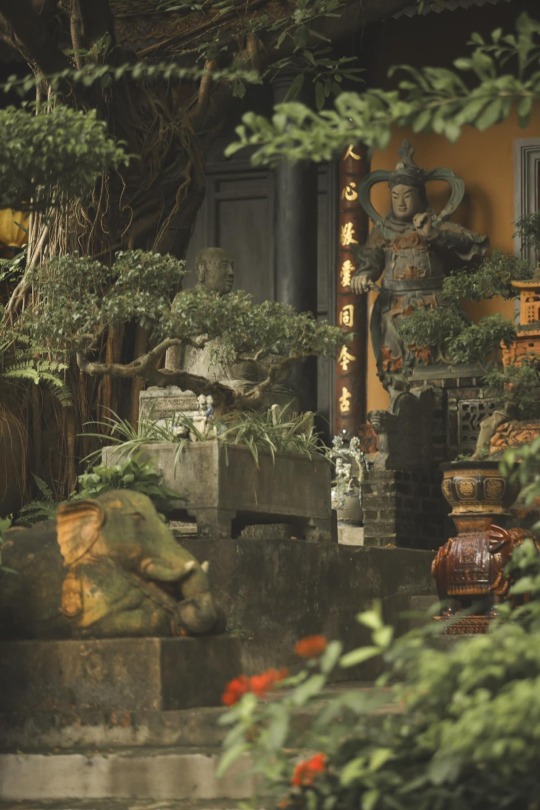
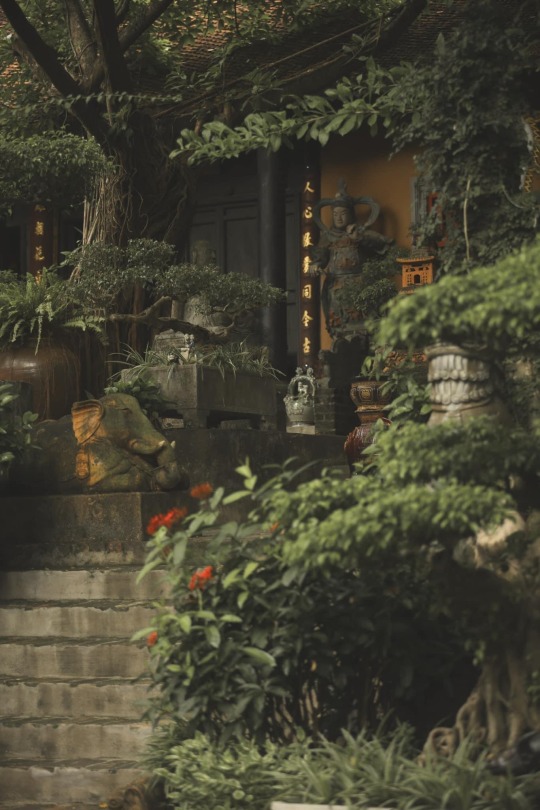


Việt Phủ Thành Chương, Hanoi, Vietnam. Credit to Hoang Anh.
#vietnam#vietnamese#culture#history#sinosphere#travel destinations#travel#hanoi#heritage#museum#restored#traditional#traditional architecture#lotus pond#garden#antiques#traditional art#traditional arts#art
2K notes
·
View notes